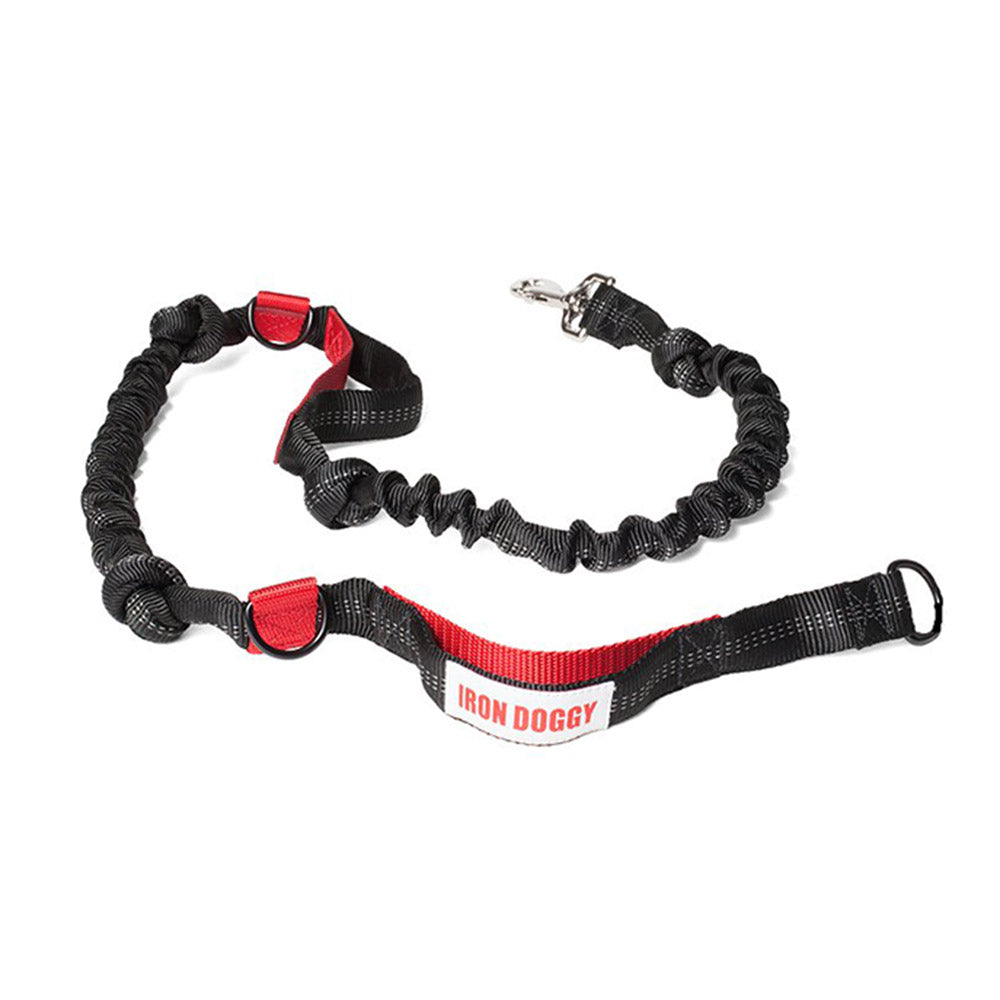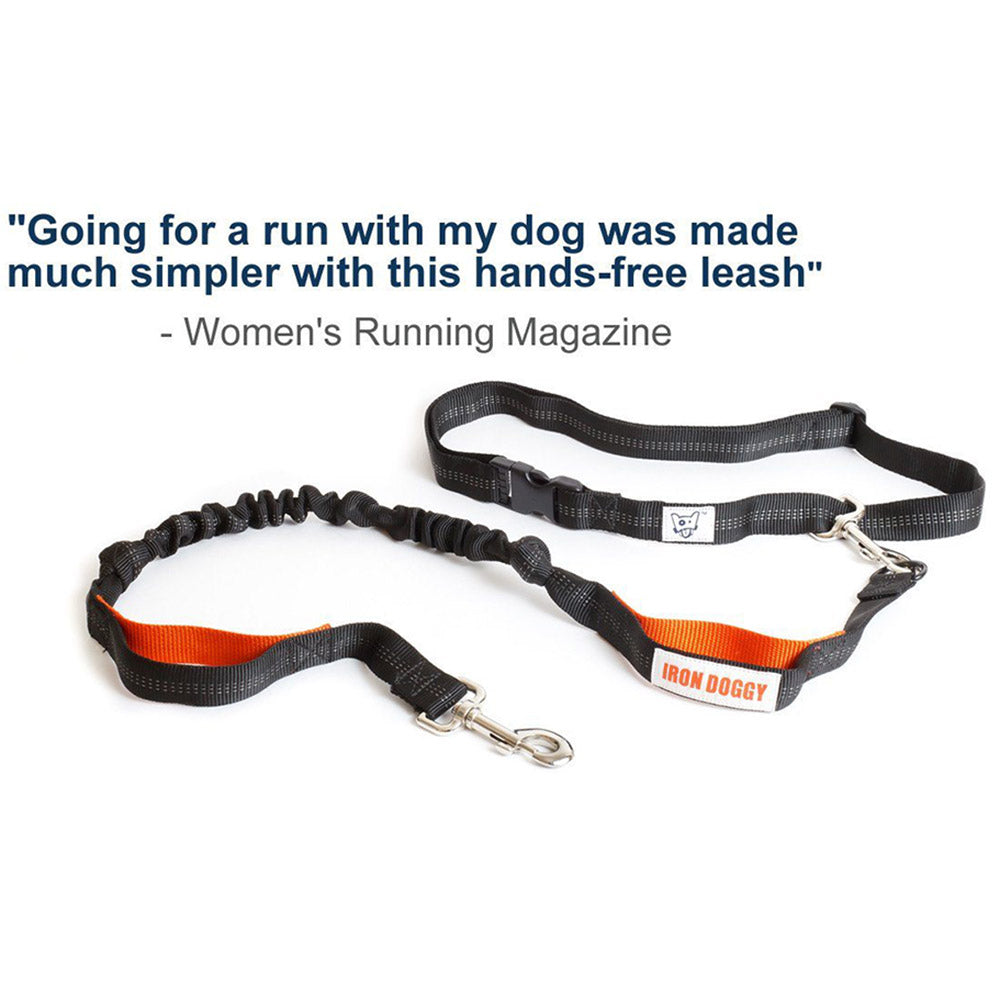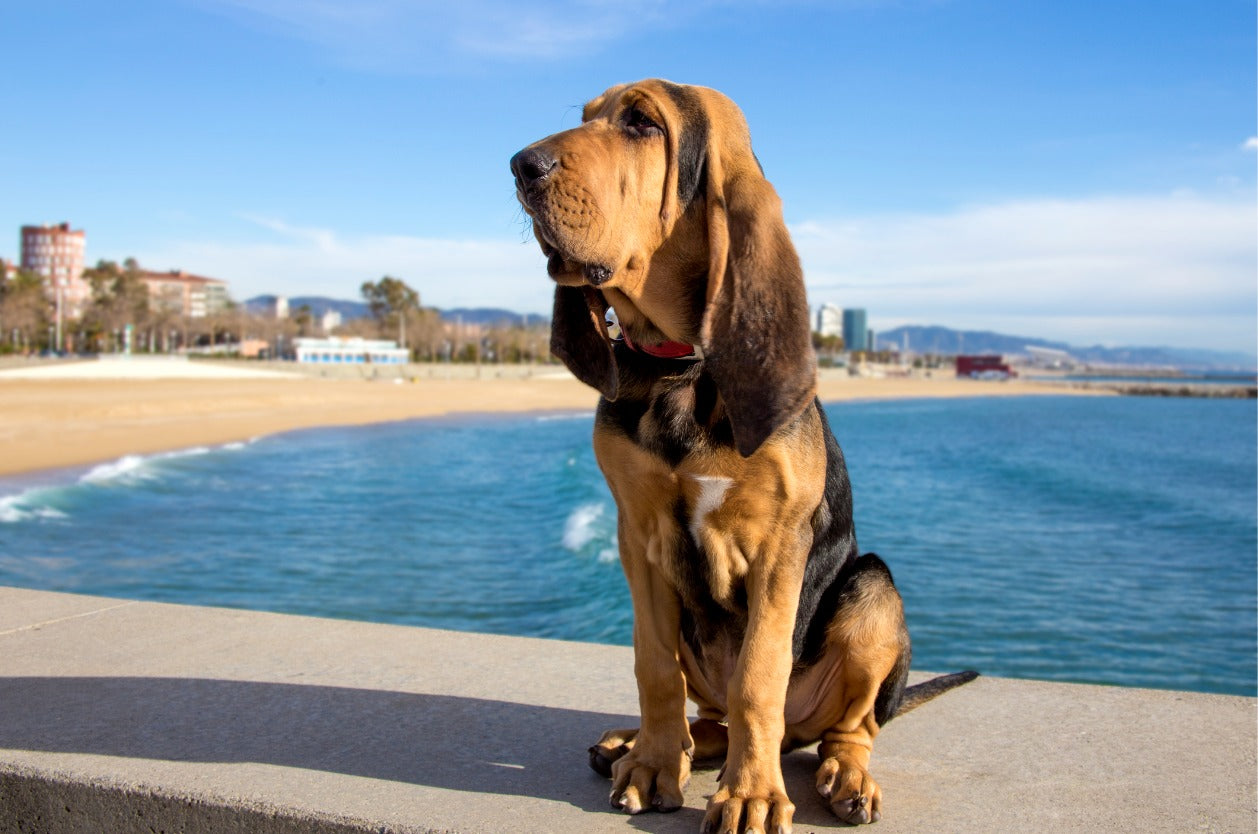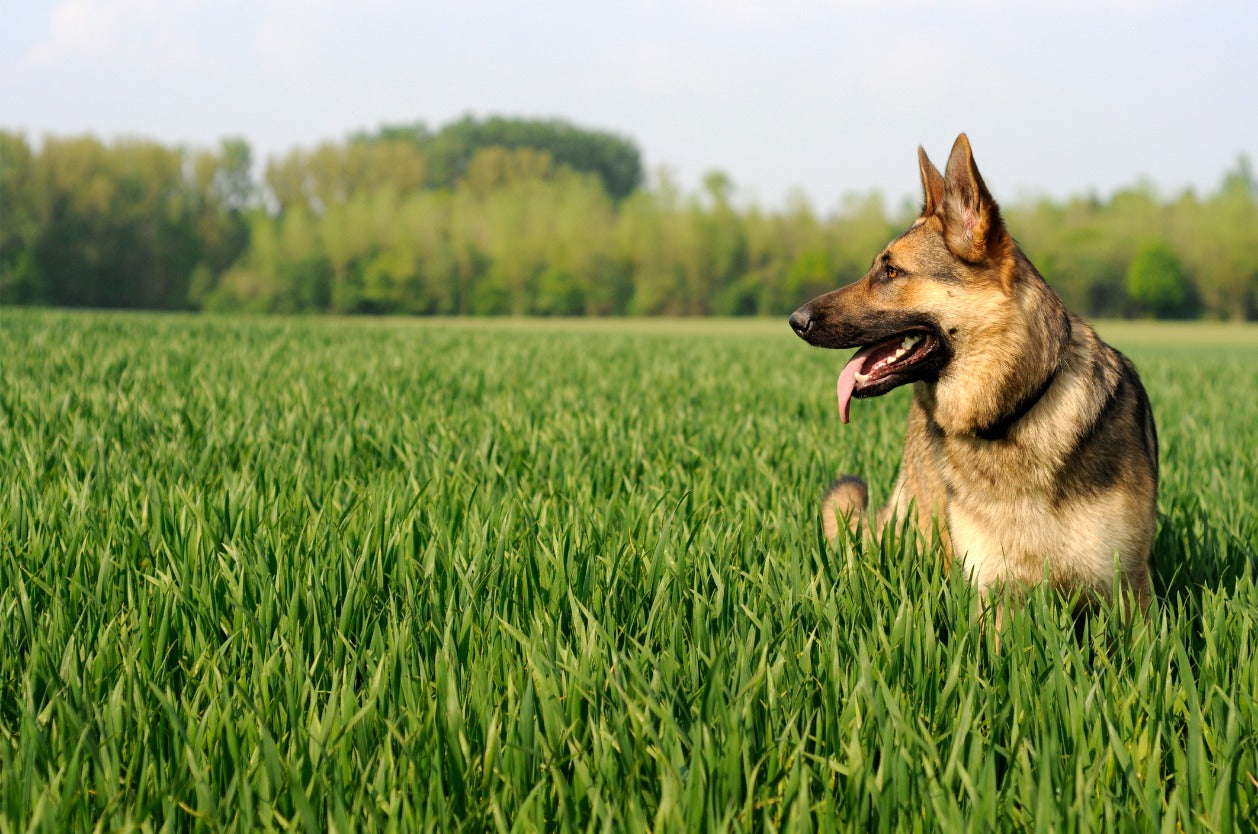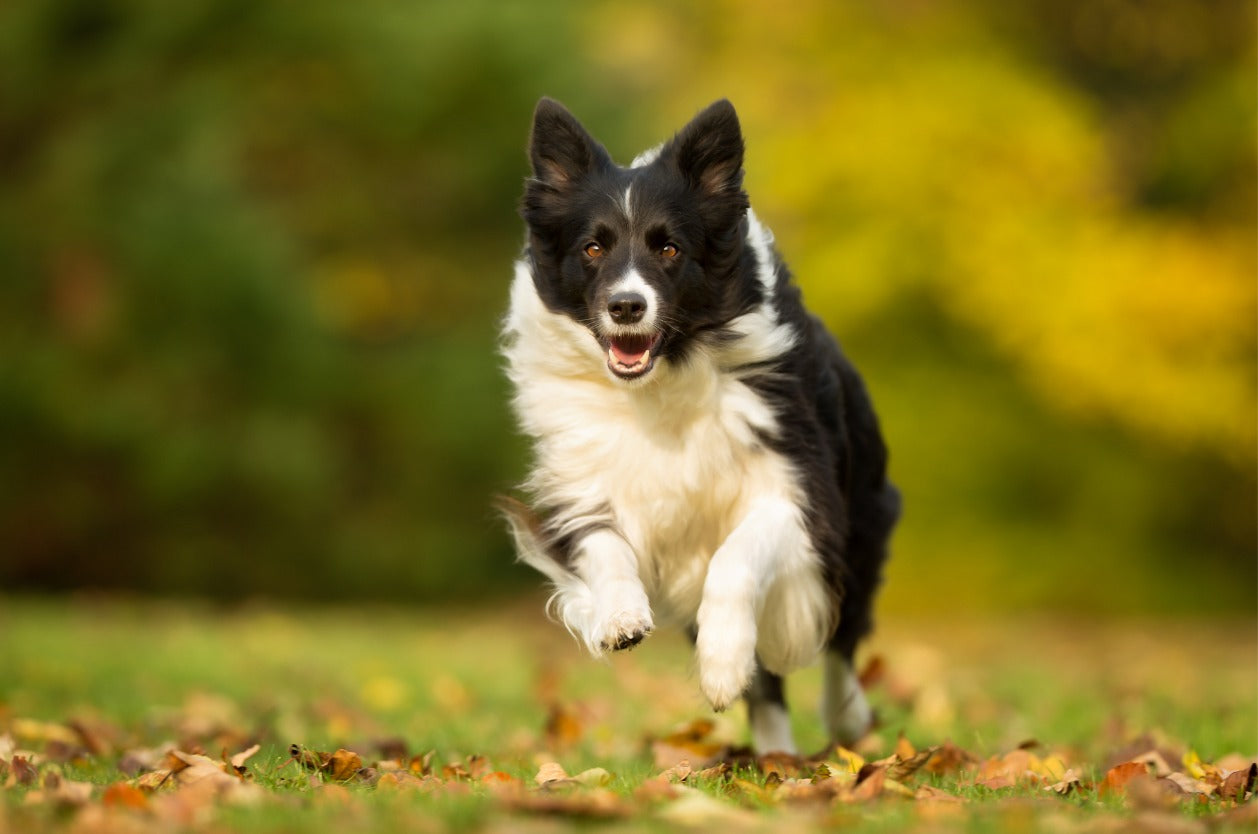It’s not really news that an important component of sports nutrition is consuming enough water. For an athlete, dehydration is a big deal. When you begin to be dehydrated your blood volume is reduced, which in turn causes your blood to thicken. This means your heart has to work harder to pump blood through your body. Besides zapping your energy, dehydration can lead to all sorts of conditions including heatstroke, kidney failure, and death. It's no surprise that dehydration is as serious for dogs as it is for people.

To learn what to do about it, I decided to see how the super athletic dogs in the sport of sled racing stay hydrated. What I learned was pretty surprising, and it changed the way I think about my own hydration.
Surprise #1 – Healthy dogs automatically consume enough water to stay hydrated
I’ve often heard that by the time you are thirsty, you are already dehydrated. The message is that you have to drink ahead of time. If you wait on your body’s natural mechanism for triggering water consumption, it will be too late. Now you’re in for exhaustion, thick blood, fever, or worse. So, as a runner, I’ve been careful to carry water on my longer runs and to stop at water stations in organized races.
The idea that a dog will naturally drink the water it needs flies right in the face of my understanding of thirst coming too late. I found several accounts that claimed that dogs will drink all of the water that they need if the right amount of clean water is available at the time they need to drink it. Thirst is the trigger for dogs to drink water, and sensing fullness in their stomach is the trigger to stop drinking water. It’s a very elegant design that works extremely well. This, of course, begged the question of why thirst works fine for dogs but would leave me dehydrated.
I found an article published in Runner’s World that referenced the International Marathon Medical Directors Association (IMMDA) hydration guidelines, which conclude that “runners should, simply, drink when thirsty. The new scientific evidence says that thirst will actually protect athletes from the hazards of both over- and under drinking.” During endurance events, it's common for athletes to lose one or two percent of their body weight, the early stages of mild dehydration. It’s also increasingly common for slower runners, who spend more time on the course, to consume too many fluids resulting in an equally dangerous condition called hyponatremia.
The best advice is for you and your dog to start off your run properly hydrated should be to drink when you're thirsty during the event, and know that you could still be mildly dehydrated once you are done. In Hilary Watson’s article “Promoting Hydration in Hot Weather” she recommends the following tests to ensure that your dog is properly hydrated:
- Check to see that your dog has slimy gums
- Use your finger to apply pressure to the gum then release it, the gums should return to their normal pink color in less than one second
- Pinch your dog’s skin, it should flatten back to normal within 2 seconds
Surprise #2 – Dogs don’t sweat
OK, they do sweat but only from their paws. I remember learning about this when I read the book Born to Run, humans cool themselves primarily by sweating. Other mammals, including dogs, cool their bodies primarily by panting.
In “Canine Dehydration & Heat Stroke” Bob Frankin says “canines cool themselves by dissipating heat through their skin (mostly their bellies), by evaporation from rapid panting, by a small amount of moisture excretion and evaporation (similar to human sweating) but from only their paws”. It’s the rapid panting that can really lead to a dog’s dehydration. The authors of “Hydration Strategies for Exercising Dogs” states that “the most remarkable increase in water loss observed in working dogs is due to the increase in evaporation from the mouth and respiratory tract. Depending on the dog’s exercise intensity, and the environmental temperature and humidity, evaporative water losses may increase 10- to 20-fold during exercise”. Hilary Watson also warns that “if lost body fluids are not replenished, a dog will stop sweating and panting in order to conserve body fluids. This can dangerously inhibit the dog’s ability to expel excess body heat … their temperature will rapidly rise, resulting in cramps, exhaustion and heat stroke.”
Assume that under any of the following conditions, you and your dog are slowly becoming dehydrated:
- increased activity
- increases in elevation (according to highaltitudelife.com “At 6000 feet above sea level, you exhale and perspire twice as much moisture as you do at sea level”)
- increases temperature & humidity
It’s critical that you recognize the early signs of dehydration. In “Water: An Essential Nutrient“, Jocelynn Jacobs advises to watch for the following signs:
- Refusal to exercise or work
- Poor focus on the task at hand
- Drooling with thickened saliva
- Refusal to drink or take treats
- Lethargy
- Dull look to the eyes
- Severely labored breathing (except in severe dehydration, where panting ceases)
- Eyes sunken into the skull
- Inability to move (severe dehydration)
Once symptoms of dehydration are apparent, you must take action to rehydrate your dog. In the more severe cases, you really have to get your dog to an emergency vet.
Surprise #3 – A large percentage of your dog’s hydration needs are met in a pre-formed manner (aka – food)
When I first started researching this topic, I was imagining finding a fancy formula by which I could determine an exact amount of water that my dog should consume per day. I would measure out that amount, and ensure that she drank every last drop. Here’s the formula:
dogs requirement of water (ml/day) = (70 (body weight in kg)0.75) x 1.6
Better yet, here’s a dog water requirement calculator.
Before you start pouring out 8 glasses of water, consider this. "Approximately 45 to 50 percent of [a human's] daily water intake comes from drinking fluids, about 35 percent from eating food, and the rest from metabolism,” says Stephen Rice, M.D., Ph.D., M.P.H., a sports medicine specialist at the Jersey Shore Medical Center in Neptune, N.J. In “Water, Water Everywhere“, Jerry Vaneck, DVM says that “in the winter, over 80% of a sled dog’s water intake will come in a pre-formed manner. The dogs don’t drink water so much as they eat it. The remaining water supply, up to 20%, comes in the form of metabolic water.”
Knowing this is super important to those of us who take our dogs out for extended periods of time, especially up in the mountains when it is very hot or very cold out. Here you have multiple conditions that lead to dehydration, and it can be very difficult to get your dog to drink enough water to mitigate the rapid water loss. This is where sled dog racers have it down. According to Hilary Watson, “fluid intake can be encouraged by flavoring the dog’s water (with beef broth for example), by adding water to the dog’s food or by feeding canned foods." Even feeding your dog dry kibble will provide a small percentage of moisture...Or, you can do what Jerry Vaneck does and carry “treats along the trail, such as chunks of moist frozen meat or fish.”
The Import Thing:
You and your dog should both be hydrated simply by eating a normal healthy diet and drinking water whenever you are thirsty. You should know what hydrated looks like, and make certain you are in that state before starting an activity.
Expect that whenever you exercise, go up in elevation, or are out in very hot or very cold weather, you and your dog can expect to dehydrate rapidly. Be prepared to do what it takes to compensate for your water loss – even if it means chewing on that piece of frozen fish you’ve been carrying around for emergencies.


